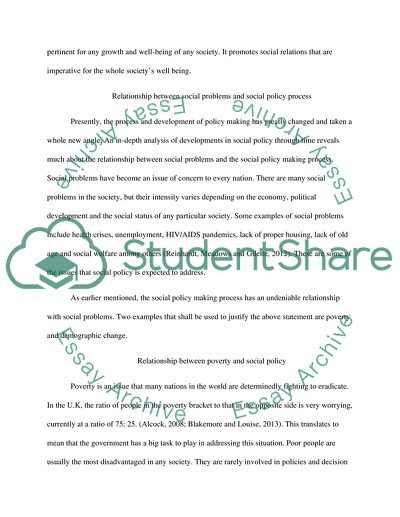Cite this document
(“Relationship between Social Problems and Social Policy-making Process Essay”, n.d.)
Retrieved de https://studentshare.org/sociology/1640637-an-analysis-of-developments-in-social-policy-through-time-reveals-much-about-the-relationship-between-social-problems-and-the-social-policy-making-process-please-discuss-this-statement-with-reference-to-poverty-and-demographic-change
Retrieved de https://studentshare.org/sociology/1640637-an-analysis-of-developments-in-social-policy-through-time-reveals-much-about-the-relationship-between-social-problems-and-the-social-policy-making-process-please-discuss-this-statement-with-reference-to-poverty-and-demographic-change
(Relationship Between Social Problems and Social Policy-Making Process Essay)
https://studentshare.org/sociology/1640637-an-analysis-of-developments-in-social-policy-through-time-reveals-much-about-the-relationship-between-social-problems-and-the-social-policy-making-process-please-discuss-this-statement-with-reference-to-poverty-and-demographic-change.
https://studentshare.org/sociology/1640637-an-analysis-of-developments-in-social-policy-through-time-reveals-much-about-the-relationship-between-social-problems-and-the-social-policy-making-process-please-discuss-this-statement-with-reference-to-poverty-and-demographic-change.
“Relationship Between Social Problems and Social Policy-Making Process Essay”, n.d. https://studentshare.org/sociology/1640637-an-analysis-of-developments-in-social-policy-through-time-reveals-much-about-the-relationship-between-social-problems-and-the-social-policy-making-process-please-discuss-this-statement-with-reference-to-poverty-and-demographic-change.


